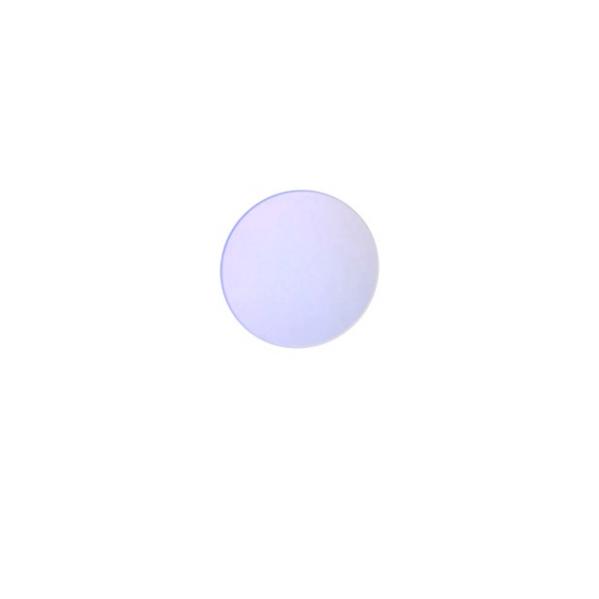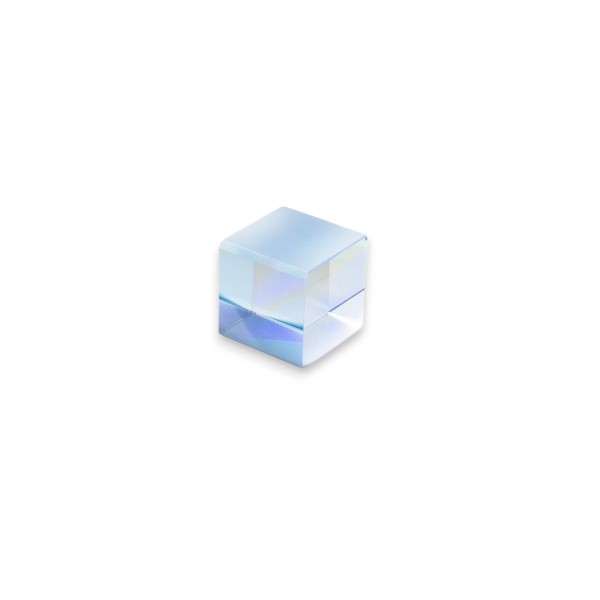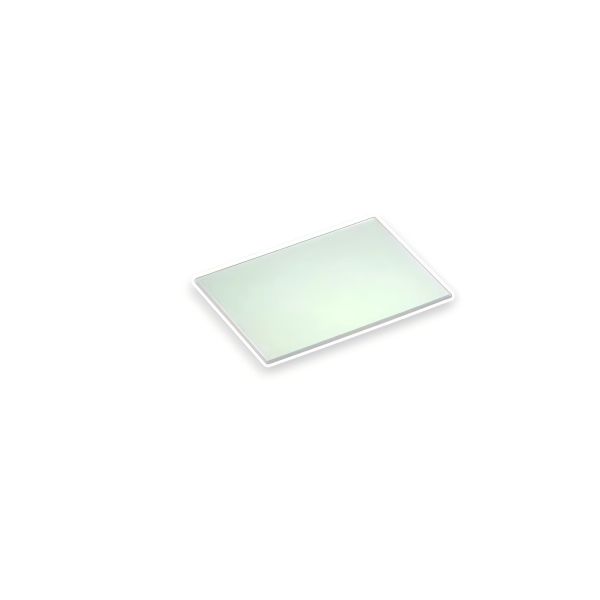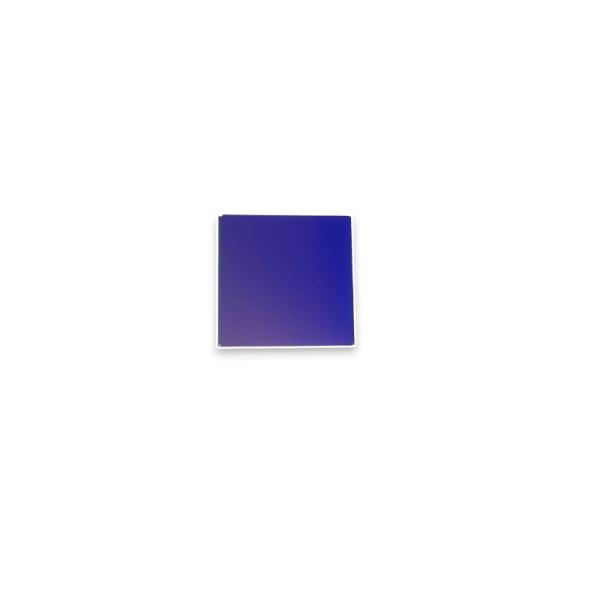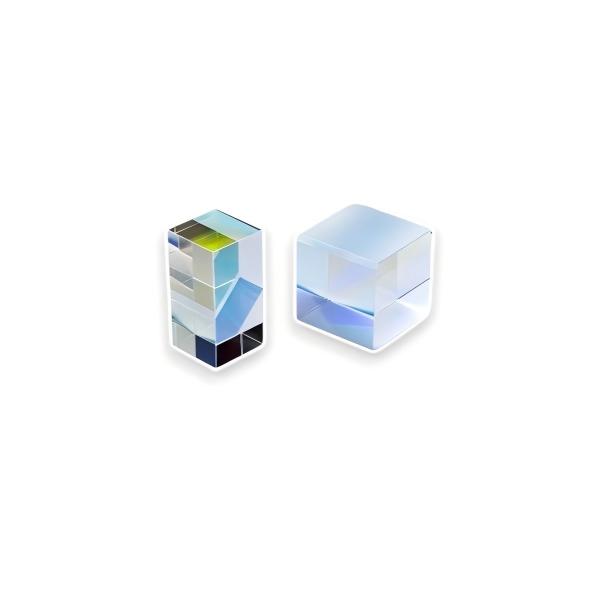Beamsplitter
Beamsplitter Series
FAQs
A beamsplitter is an optical component that can divide an incoming light beam into two or more beams traveling in different directions. It works based on partial reflection and partial transmission. Beamsplitters are typically made by coating a glass substrate with special optical films (such as metal or dielectric coatings), or by using prism-based structures to achieve beam splitting.
Beamsplitters can be categorized by their working principle and structure:
-
Cube Beamsplitter: Made by cementing two right-angle prisms together with a beamsplitting coating at the interface. Offers good mechanical stability.
-
Plate Beamsplitter: A single glass plate coated with a beamsplitting film; introduces lateral displacement between transmitted and reflected beams.
-
Polarizing Beamsplitter: Splits light based on polarization state, transmitting one polarization and reflecting the other.
-
Dichroic Beamsplitter (or wavelength-selective): Uses wavelength-selective coatings to reflect specific wavelengths while transmitting others.
-
Fiber Optic Beamsplitter: Uses fiber coupling technology to split light within optical fiber systems
The split ratio refers to the energy distribution between the reflected and transmitted beams, such as 50:50, 70:30, 90:10, etc. Selection depends on the application requirements, wavelength compatibility, and whether the system is polarization-sensitive.
For laser applications, it’s crucial to consider power handling — high-power lasers require beamsplitters with low absorption and high laser damage thresholds.
The core functions of a beamsplitter include beam splitting, beam combining, and optical path control. Beamsplitters are widely used in:
-
Interferometry
-
Laser systems (e.g., beam alignment or power monitoring)
-
Imaging systems
-
Spectral analysis
They help manipulate photon paths and polarization states for various optical designs.
The coatings on a beamsplitter are delicate and can be easily damaged. The safest cleaning method is:
-
Use compressed air to blow away surface dust.
-
If needed, gently wipe in one direction with lint-free swabs moistened with optical-grade cleaners such as isopropyl alcohol.
-
Avoid acetone or abrasive materials.
For storage:
-
Keep the beamsplitter in a dry, dust-free environment.
-
Use anti-static bags or covered containers for protection.

